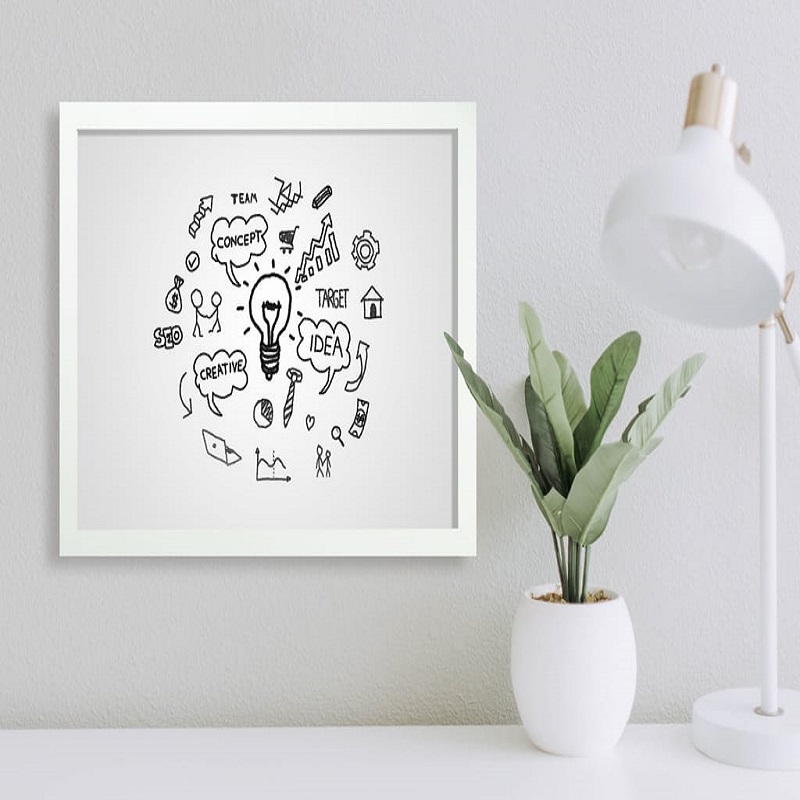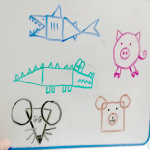Whiteboards are often relegated to the roles of mere organizational tools or brainstorming boards. However, they can serve as fantastic canvases for creativity, bringing color and charm to any space. In this article, we will explore numerous creative and easy whiteboard drawings ideas that can inspire you to enhance your environment. Whether at home, in the office, or in a classroom, these charming designs will not only serve a functional purpose but also brighten your day.
The Power of Whiteboard Art
Why Whiteboards?
Whiteboards provide a flexible space to express creativity and communicate ideas. Unlike traditional canvases, they allow for easy updates and alterations, making them perfect for dynamic environments like offices and classrooms. The ease of erasing and redrawing makes whiteboards an attractive alternative for artists and creators of all levels.
Benefits of Whiteboard Drawings
The advantage of whiteboard art goes beyond mere aesthetic appeal. Creating drawings on whiteboards can stimulate creativity, improve morale, and foster collaboration. It serves as an engaging way to convey information, brainstorm ideas, or even teach complex concepts. Moreover, whiteboards are accessible and intuitive, making them appealing for educators and students alike. By enhancing our living or working spaces with artistic designs, we can create an inviting atmosphere that inspires positivity and productivity.
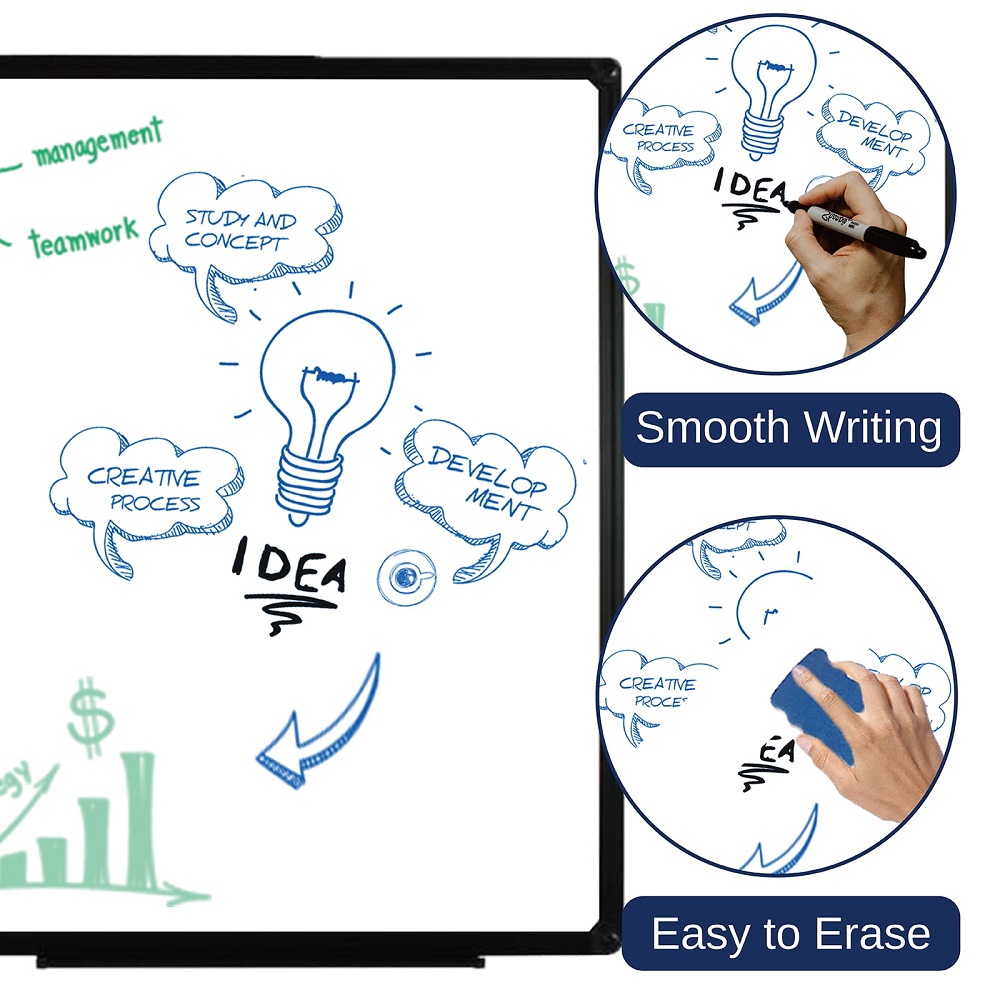
Getting Started with Whiteboard Drawings
Tools and Materials
Before diving into the world of whiteboard art, gathering the right tools is essential. Traditional dry-erase markers are standard for whiteboards, but consider investing in fine-tipped markers for detailed artwork and vibrant colors for a more dynamic appearance. Additionally, having accessories like magnetic erasers, stencils, and even decorative magnets can enhance your drawing experience. If your whiteboard is large, consider using a color scheme or theme to unify your art.
The Creative Process
Getting started may feel daunting, especially if you don’t consider yourself an artist. However, the beauty of whiteboard drawings is that you can approach them with a playful, low-pressure mindset. Start with simple shapes, doodles, or even quotes that inspire you. Gradually, build your skills and confidence, experimenting with colors, sizes, and themes. Don’t be afraid to erase and rework: after all, the impermanence of a whiteboard encourages exploration and spontaneity.
Easy and Charming Whiteboard Drawing Ideas
Fun with Doodles
One of the simplest ways to brighten up your whiteboard is to fill it with whimsical doodles. From swirls and stars to cartoons and characters, the options are endless. Doodling can be a form of relaxation, and allowing your mind to wander can lead you to unexpected, charming results.
Seasonal Themes
Change your whiteboard designs seasonally to reflect the time of year. In spring, you might opt for blossoming flowers and playful butterflies; in summer, bright suns and beach scenes could dominate. Autumn could inspire drawings of falling leaves and pumpkins, while winter could welcome snowflakes and holiday motifs. Seasonal artwork not only keeps your space lively but also engages anyone who comes across it.
Incorporating Words and Quotes
Inspirational Quotes
Adding quotes can amplify the charm of your whiteboard drawings creations. Use colorful markers to write down inspiring quotes or affirmations. For instance, phrases like “Believe in Yourself” or “Creativity Takes Courage” can both uplift and motivate you and those who see them. Consider pairing these quotes with relevant doodles or illustrations for added visual appeal.
Daily Prompts
Another delightful idea is to transform your whiteboard into a daily prompt board. Each day, write a different question, challenge, or theme for the day. This can be motivational for both personal development and team-building. Encourage creativity among team members or family members by having everyone contribute their own prompts and illustrations.
Thematic Whiteboards
Category-Centric Designs
Transform your whiteboard into a thematic masterpiece. Choose a category that resonates with you—nature, travel, or the cosmos. Create illustrations that align with your chosen theme. For example, if you opt for a nature theme, you can draw trees, animals, and landscapes. This cohesive approach not only looks stunning but also provides a consistent source of inspiration within the context of the chosen theme.
Customized Space
Design a personalized whiteboard by incorporating your hobbies and interests. If you love gardening, sketch flowers and plants alongside gardening tips. A music enthusiast might include musical notes and quotes from favorite songs. Infusing your personality into the design makes it uniquely yours and encourages daily engagement with the artwork.
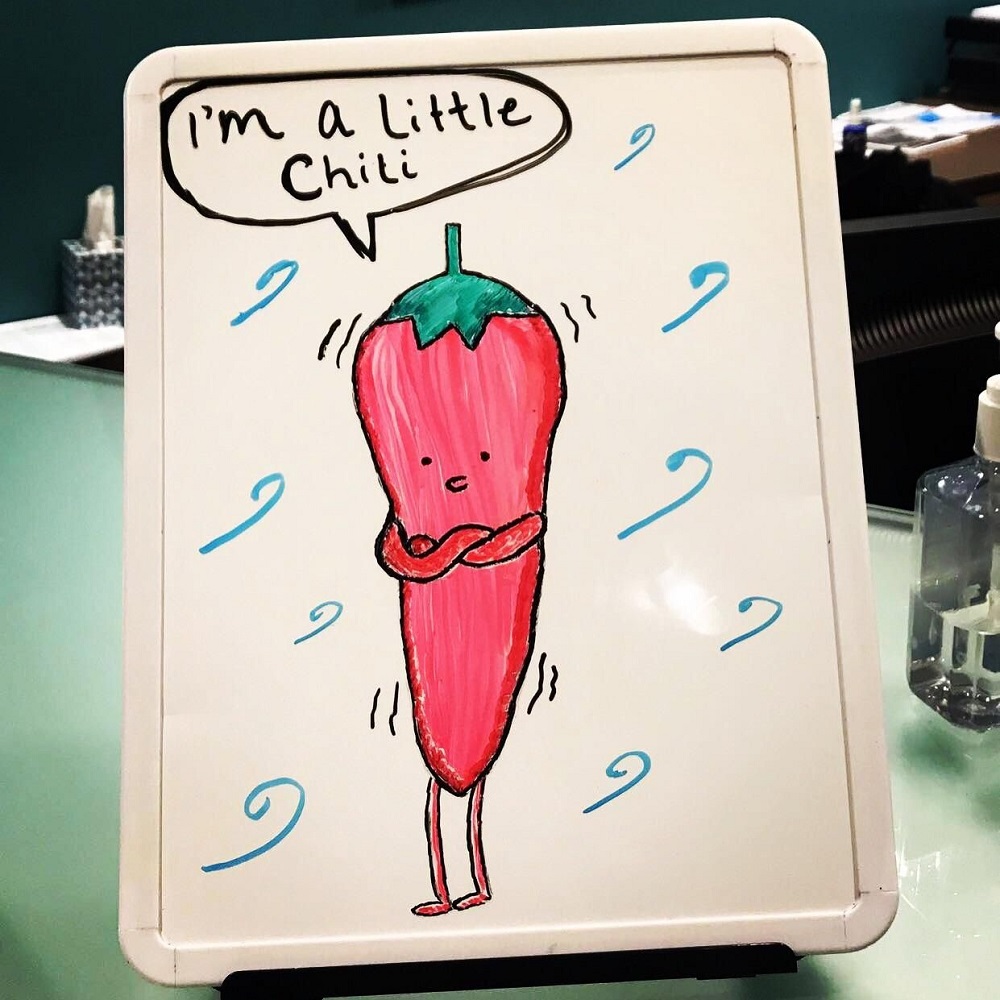
Collaborative Whiteboard Art
Team Efforts
Whiteboards are fantastic for collaborative projects. Organize a drawing day where you invite friends or colleagues to contribute to a communal whiteboard art piece. Each person can add their unique flair to the artwork, creating a colorful, collective representation of diverse styles and personalities.
Class Projects
In educational settings, collaborative whiteboard art activities can enhance learning. Students can work together on themed drawings related to the subject matter they are studying. For instance, during a science lesson on the solar system, students can collaborate to depict planets, stars, and galaxies. This exercise fosters teamwork and allows for creative learning.
Maintenance of Whiteboard Art
Cleaning and Care
Taking care of your whiteboard is crucial, especially if you’re using it for artistic purposes. Regularly clean the surface to prevent marker residue buildup, which can affect how well your new designs stick. Use appropriate cleaners designed for whiteboards to keep the surface pristine.
Protecting Your Artwork
If you find a design you love and want to keep, consider taking a picture of it before erasing. You can create a digital gallery of your whiteboard art over time, allowing you to relive and share those creative moments. Some people even frame their art digitally for future inspiration.
Advanced Techniques for Whiteboard Art
Layering Colors and Textures
For those looking to take their whiteboard designs to the next level, consider experimenting with layering colors and textures. Use different marker types, such as chisel tip or brush tip, to create varied effects. Layering multiple colors can also give depth to your designs, adding complexity and visual interest.
Combining Digital Art Tools
If you’re tech-savvy, explore combining traditional whiteboard art with digital tools. Use a tablet to sketch plans before bringing them to life on the whiteboard. Digital design apps can help you visualize designs more clearly, allowing for easier translation to a physical medium.
Closing Thoughts: Your Whiteboard Awaits
Unleashing Creativity
Your whiteboard is more than just an organizational tool; it is a blank canvas ready for your creativity to flourish. Start with simple doodles, inspiring quotes, or seasonal themes, and watch how your space transforms. You’ll find that whiteboard art not only brightens your immediate environment but also elevates your mood and sparks your creativity.
An Ongoing Journey
Embrace the journey of creating charming whiteboard drawings, and remember that it’s about enjoyment rather than perfection. Allow your imagination to roam free, and appreciate the process of art-making as much as the final product. Your whiteboard awaits—what will you create today?
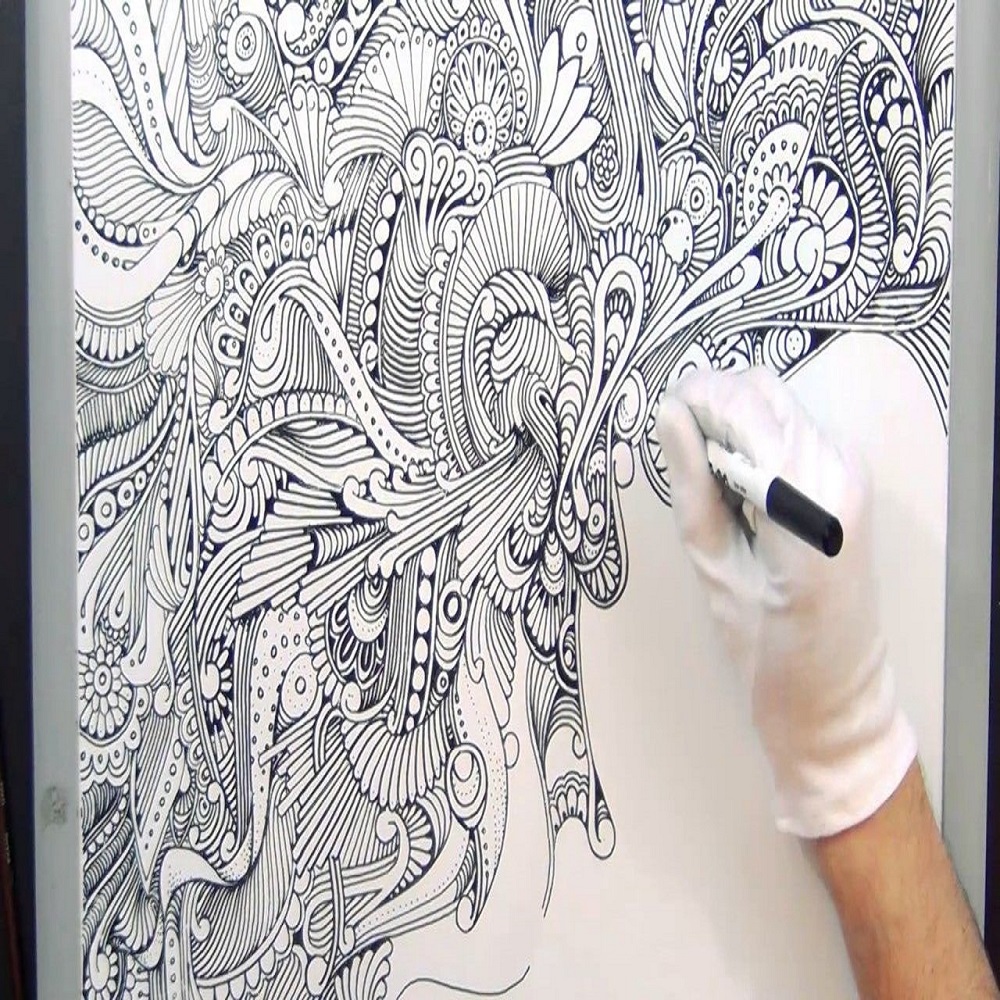
The Impact of Climate Change on Biodiversity
Climate change is one of the most pressing issues facing our planet today, and its effects on biodiversity are profound. As global temperatures rise, habitats are altered, leading to shifts in species distributions, variations in migration patterns, and increased extinction rates. For instance, many species are unable to adapt quickly enough to the changing climate, resulting in a decrease in population numbers. Coral reefs, often referred to as the “rainforests of the sea,” are particularly vulnerable; rising ocean temperatures lead to coral bleaching, which can decimate entire marine ecosystems. Protecting biodiversity is crucial not only for ecological balance but also for sustaining the human communities that rely on these natural resources.
